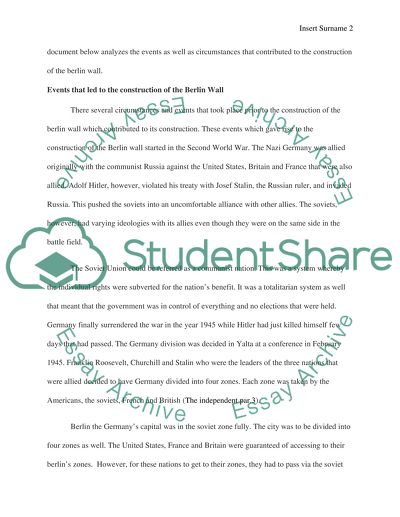Cite this document
(“Explain the events and circumstances that led to the construction of Research Paper”, n.d.)
Retrieved from https://studentshare.org/history/1686768-explain-the-events-and-circumstances-that-led-to-the-construction-of-the-berlin-wall
Retrieved from https://studentshare.org/history/1686768-explain-the-events-and-circumstances-that-led-to-the-construction-of-the-berlin-wall
(Explain the Events and Circumstances That Led to the Construction of Research Paper)
https://studentshare.org/history/1686768-explain-the-events-and-circumstances-that-led-to-the-construction-of-the-berlin-wall.
https://studentshare.org/history/1686768-explain-the-events-and-circumstances-that-led-to-the-construction-of-the-berlin-wall.
“Explain the Events and Circumstances That Led to the Construction of Research Paper”, n.d. https://studentshare.org/history/1686768-explain-the-events-and-circumstances-that-led-to-the-construction-of-the-berlin-wall.


